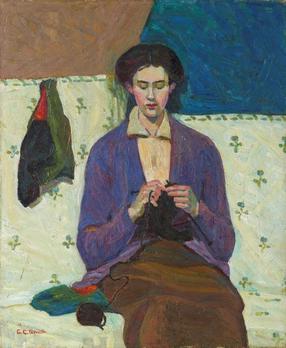
The Victorian Artists Society, which can trace its establishment to 1856 in Melbourne, promotes artistic education, art classes and gallery hire exhibition in Australia. It was formed in March 1888 when the Victorian Academy of Arts and the Australian Artists' Association amalgamated.
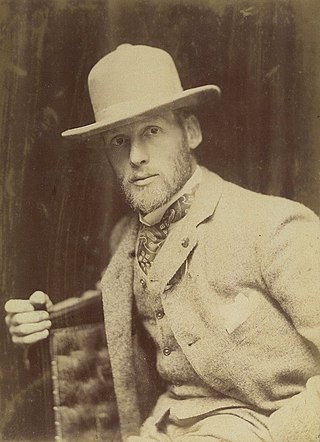
Thomas William Roberts was an English-born Australian artist and a key member of the Heidelberg School art movement, also known as Australian impressionism.

Ethel Campbell Louise Anderson was an early twentieth century Australian poet, essayist, novelist and painter. She considered herself to be mainly a poet, but is now best appreciated for her witty and ironic stories. Anderson has been described as "a high-profile author, artist, art commentator and emissary for modernism".

Sir Arthur Ernest Streeton was an Australian landscape painter and a leading member of the Heidelberg School, also known as Australian Impressionism.

Grace Cossington Smith was an Australian artist and pioneer of modernist painting in Australia and was instrumental in introducing Post-Impressionism to her home country. Examples of her work are held by every major gallery in Australia.
Grace Adela Williams Crowley was an Australian artist and modernist painter.
Roy De Maistre CBE was an Australian artist of international fame. He is renowned in Australian art for his early experimentation with "colour-music", and is recognised as the first Australian artist to use pure abstraction. His later works were painted in a figurative style generally influenced by Cubism. His Stations of the Cross series hangs in Westminster Cathedral and works of his are hung in the Tate Gallery, London and in the Art Gallery of New South Wales, Sydney.

Emanuel Phillips Fox was an Australian impressionist painter. After studying at the National Gallery of Victoria Art School in Melbourne, Fox travelled to Paris to study in 1886. He remained in Europe until 1892, when he returned to Melbourne and led what is considered the second phase of the Heidelberg School, an impressionist art movement which had grown in the city during his absence. He spent over a decade in Europe in the early 20th century before finally settling in Melbourne, where he died.
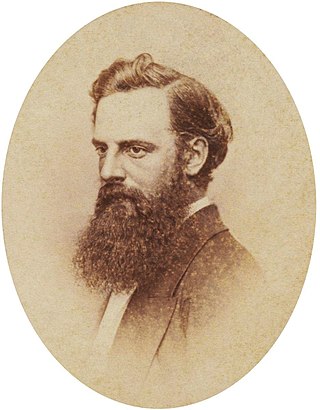
Nicholas Chevalier was a Russian-born artist who worked in Australia and New Zealand.

Desiderius Orban, was a renowned Hungarian painter, printmaker and teacher, who, after emigrating to Australia in 1939 when in his mid-50s, also made an illustrious career in that country.

Alethea Mary Proctor was an Australian painter, print maker, designer and teacher who upheld the ideas of 'taste' and 'style'.
Roland Wakelin was a New Zealand-born Australian painter and teacher.
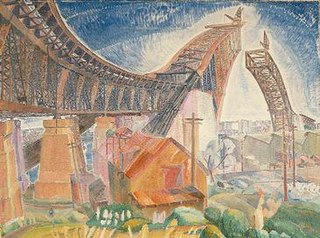
The Bridge in Curve is a painting completed in 1930 by Australian artist Grace Cossington Smith, depicting the Sydney Harbour Bridge during its construction. The work is now considered one of Australia's best modernist paintings, but was rejected from exhibition in 1930.
The Manly Art Gallery and Museum (MAGAM), located in Manly, New South Wales, Australia, was the first metropolitan-based regional gallery in New South Wales and holds an extensive collection of Australian ceramics and 130 works by Antonio Dattilo Rubbo. Since 1982, MAGAM has also been a museum of beach culture and the history of Manly and the Northern Beaches. The permanent collection numbers over 6,000 objects in a range of media including paintings, works on paper, ceramics and museum objects, documents and photographs.

Constance Stokes was an Australian modernist painter who worked in Victoria. She trained at the National Gallery of Victoria Art School until 1929, winning a scholarship to continue her study at London's Royal Academy of Arts. Although Stokes painted few works in the 1930s, her paintings and drawings were exhibited from the 1940s onwards. She was one of only two women, and two Victorians, included in a major exhibition of twelve Australian artists that travelled to Canada, the United Kingdom and Italy in the early 1950s.

Florence Ada Fuller was a South African-born Australian artist. Originally from Port Elizabeth, Fuller migrated as a child to Melbourne with her family. There she trained with her uncle Robert Hawker Dowling and teacher Jane Sutherland and took classes at the National Gallery of Victoria Art School, becoming a professional artist in the late 1880s. In 1892 she left Australia, travelling first to South Africa, where she met and painted for Cecil Rhodes, and then on to Europe. She lived and studied there for the subsequent decade, except for a return to South Africa in 1899 to paint a portrait of Rhodes. Between 1895 and 1904 her works were exhibited at the Paris Salon and London's Royal Academy.
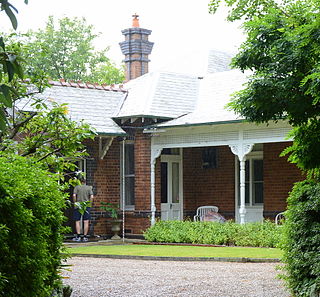
Cossington is a heritage-listed residence located at 43 Ku-Ring-Gai Avenue, in the Sydney suburb of Turramurra in the Ku-ring-gai Council local government area of New South Wales, Australia. It was designed by Nixon and Allen and built in 1899. It is also known as Sylvan Fells and Sylvan Falls. The property is privately owned. It was added to the New South Wales State Heritage Register on 18 August 2006.
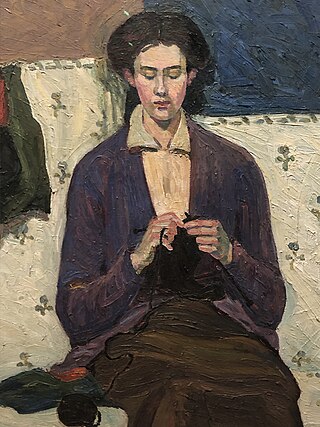
Australian modernism, similar to European and American modernism, was a social, political and cultural movement that was a reaction to rampant industrialisation, associated moral panic of modernity and the death and trauma of the World Wars.

Morning Light is a 1916 painting by the Australian artist Elioth Gruner. The painting depicts a small herd of dairy cows in a grassy field in the morning with a man, the farmer, in the foreground. Hailed as the high point of [his] Emu Plains series" and "one of his greatest masterpieces", Morning Light was awarded the Wynne Prize in 1916.
Reginald Cecil Grahame (Rah) Fizelle was an Australian artist and teacher.
